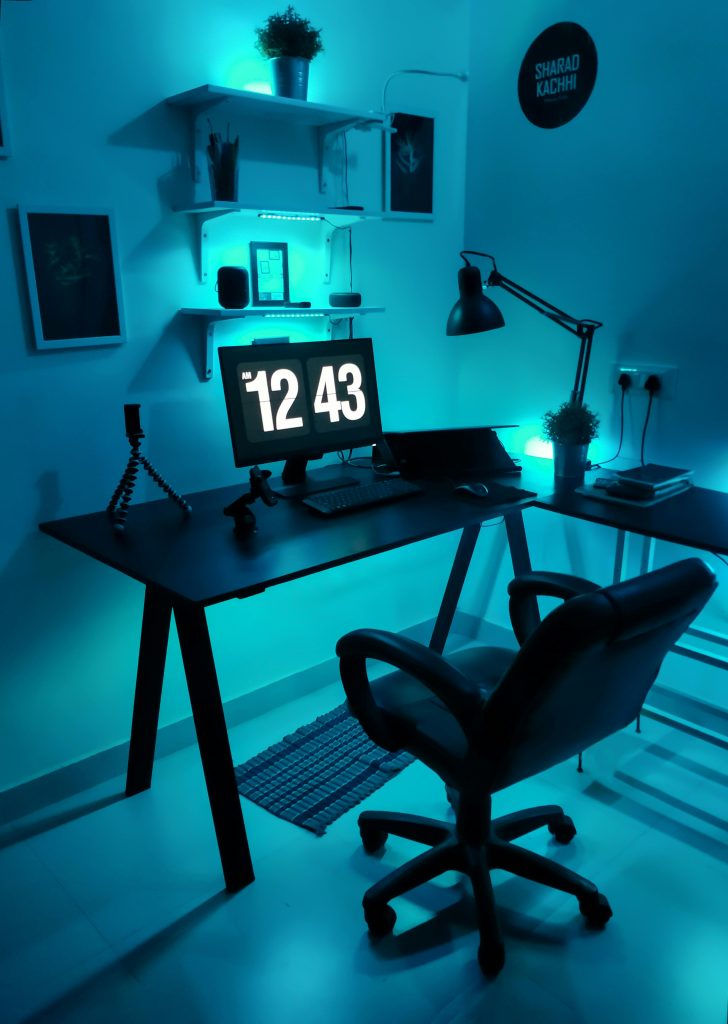Troubleshooting a No Signal Issue on Your PC Monitor: Is Your GPU Dead?
Experiencing a sudden “no signal” message on your PC monitor can be concerning, especially when your system was functioning perfectly just yesterday. If your monitor turns on but displays no input, and you’ve already attempted basic troubleshooting steps such as reconnecting cables and switching monitors, it’s important to systematically diagnose the problem to determine whether your graphics processing unit (GPU) is at fault or if there’s an alternative cause.
Understanding the Symptoms
In the scenario described:
– The PC boots up, with CPU fans spinning and motherboard indicating activity.
– The monitor powers on but displays a “no signal” message.
– GPU fans are stationary; the graphics card does not appear to be operating normally.
– Re-seating the GPU, swapping cables, and testing with different monitors have not resolved the issue.
These observations narrow down potential causes but do not pinpoint the exact problem.
Step-by-Step Troubleshooting Guide
1. Confirm Power Supply and Connections
– Ensure the GPU is receiving adequate power. For systems with dedicated power connectors, verify cables are properly attached.
– Check that the monitor’s power cable and input source are functional.
2. Test the Monitor and Cables
– Confirm that the monitor is operational by testing with another device or using a different input port.
– Use a different video output cable to rule out cable failure.
3. Check Basic Hardware Components
– Remove and re-insert the GPU securely into the PCIe slot.
– Ensure the PCIe slot is dust-free and not damaged.
– Try booting with onboard graphics (if available) by removing the GPU and connecting the monitor to the motherboard’s video output.
4. Evaluate the GPU’s Basic Functionality
– Observe whether the GPU fans spin upon startup. The lack of fan movement could suggest power issues or a dead GPU.
– Listen for POST beeps or motherboard diagnostic LEDs that indicate hardware issues.
5. Use Alternative Testing Methods
– Test the GPU in another system: If possible, place the GPU in a known working system to see if it functions.
– Test with a different GPU: If available, replace the current GPU with a spare to see if the issue persists.
– Check for visible damage: Inspect the GPU for burnt components, bulging capacitors, or other signs of physical failure.
6. Assess the Motherboard and Power Supply
– Ensure the motherboard’s
Share this content:



